Contents
Guide
A HISTORY OF CRETE
A History of Crete
CHRIS MOOREY
First published in 2019 by
HAUS PUBLISHING LTD
4 Cinnamon Row
London sw11 3tw
www.hauspublishing.com
Copyright 2019 Chris Moorey
The moral rights of the authors have been asserted
A CIP catalogue record for this book is available from the British Library
ISBN: 978-1-912208-53-1
eISBN: 978-1-912208-54-8
Typeset in Garamond by MacGuru Ltd
Printed in the UK by TJ International
All rights reserved.
Contents
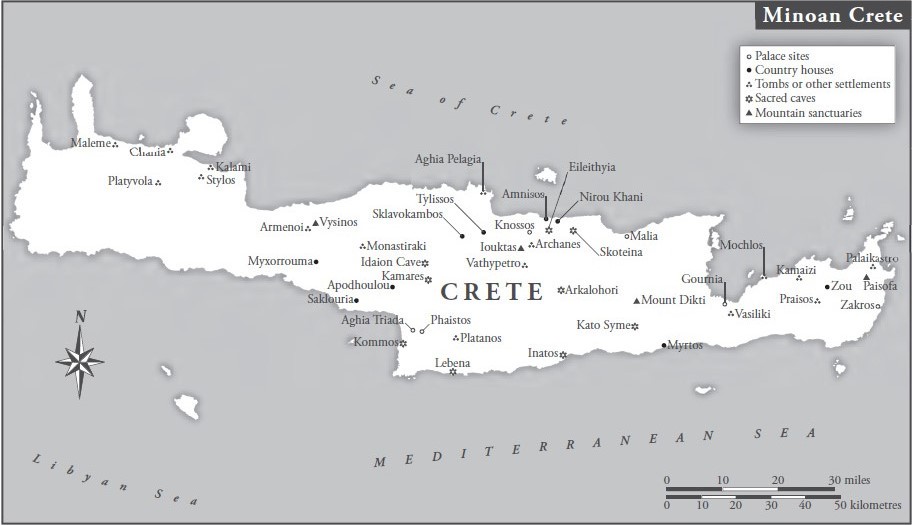
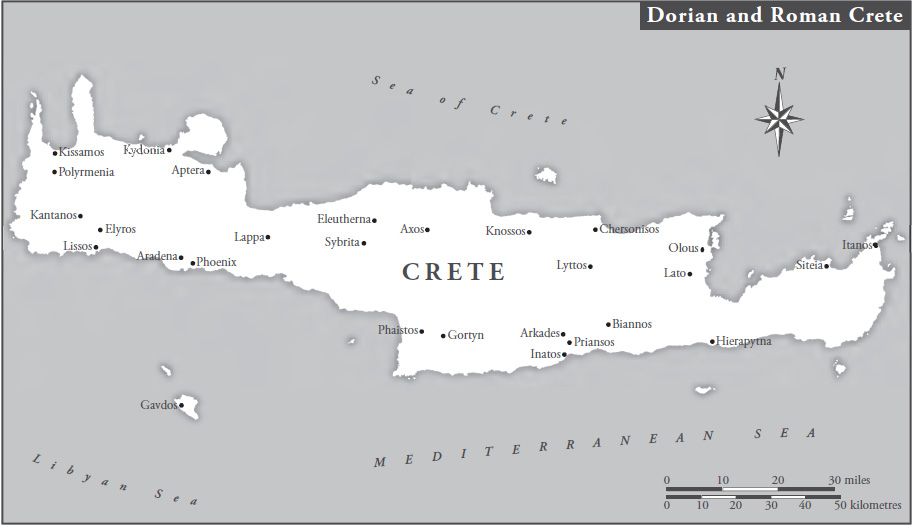

Preface
In the introduction to his excellent History of Crete, Professor Theocharis Detorakis writes that one might be excused for seeing the attempt at writing a general history of Crete as a somewhat hazardous enterprise.
He also refers to a third-century Roman historians assertion that since most of those who have written on Crete are not in accord with one another, it should be no wonder if some may disagree with what we are about to relate.
To both these cautions I can only give my unqualified agreement. Military experts, when discussing tactics in battle, have sometimes made the point that there are narrow lines between courage, recklessness and sheer stupidity. In writing this book, I have sometimes felt I have strayed over one of these lines. So, why make the attempt?
A few years ago, it was brought to my attention that, with the exception of the book already mentioned, there is no general history of Crete written in English for the general reader. Although Detorakis book is unique in its comprehensiveness, scholarship and readability, it is now over twenty years old and a little too academic and detailed for the average reader. I therefore felt that there was a place for a more brief and general outline of Cretan history which, while still providing a serious treatment of the subject, might attract a wider readership and encourage them to dig deeper.
To achieve this object, I have followed two strict principles. On the one hand, I have tried at all times to be true to the subject and to research thoroughly each period. I have used original sources and new research wherever possible, and in many cases I have been helped by experts in a particular field to ensure that there have been no errors of fact, misinterpretations or misleading oversimplifications. The details of these experts contributions can be found in the Acknowledgements.
At the same time, I have sought to create a simple and straightforward picture of the broad sweep of Cretan history from the mists of time to the present. In general, I have tried to keep names and dates to the minimum necessary to follow the story. I have also tried to avoid other details which could confuse readers or send them running to reference books or the internet. Where I have been forced to use potentially unfamiliar terms such as Byzantine or Ottoman military ranks, I have explained them briefly in the Glossary. These words are distinguished by bold type. Finally, this is not an academic work. Where I have quoted directly from another writer or used a lot of detail from a single source, I have, of course, acknowledged this, but it is perfectly possible to enjoy the book without constant referral to notes.
Two other points need to be made. Although I try at all times to be objective with the facts, I am not averse to giving my own opinion at times. One of my favourite historians is the idiosyncratic Edward Gibbon and, while I in no way approach his genius, my style has certainly been influenced by his. I trust that any personal opinions are always clearly marked. Finally, I like to include wherever possible individual tales and testimony from the period in question to give the historical facts a human face.
General Notes
- Since most of the names of people and places in this book are Greek, we come across the age-old problem of how to spell them in English. I have tried to follow certain rules. For ancient names, I have used the standard Greek spelling, except where the Latin spelling is better known. For example, Icarus rather than Ikaros, or Homer rather than Omeros. Where the information is from a particular source, I have spelled personal names according to the source material or, in some cases, according to the spelling preferred by the person concerned. In all other cases, I have used my own transliteration of the original Greek, e.g. Ioannis or Georgos. For place names, I have generally followed the spelling used on Google Maps, both for consistency and for ease of location. I speak from experience when I say that some sources use such odd transliterations that it can take half an hour to identify the place theyre referring to.
- It was pointed out to me that some of the dates in my first draft manuscript were from the Old (Julian) Calendar and some were from the New (Gregorian) Calendar, which Greece did not adopt until 1923. I have tried to ensure that they are now all consistently based on the Gregorian calendar. I cannot guarantee that this is always the case but, as Ralph Waldo Emerson once said, A foolish consistency is the hobgoblin of little minds.
- It could be argued that, with the union of Crete with Greece in 1913, there was no longer a separate Cretan history but this would be an oversimplification. There were events that were either unique to the island or had distinctly Cretan aspects, which deserve attention. For this reason, I have taken the history right through to the present. The personal opinions expressed in the final chapter are based on observation and, in most cases, reflect the views of many Cretans.
- For copyright reasons, I was unable to reproduce illustrations for chapters 36. Pictures of most of the items and sites mentioned in the text can easily be viewed online. In particular, at the time of writing, there are some good photographs of Minoan artefacts at https://www.ancient.eu/Minoan_Art and https://en.wikipedia.org/wiki/Minoan_civilization. A comprehensive collection of Minoan archaeological sites can be found at www.minoancrete.com.
1
Introduction
Round him spread his native country, whose lost meaning he was now experiencing for the first time. Hard of approach, rebellious, harsh was this land. She allowed not a moment of comfort, of gentleness, of repose. Crete had something inhuman about her. One could not tell whether she loved her children or hated them. One thing was certain: she scourged them till the blood flowed.
In his great novel of Cretan rebellion, Captain Michalis (known in the UK as Freedom and Death), Nikos Kazantzakis thus describes in emotional terms the effect of the landscape on the Cretan soul, and it is certainly true that the geology of the island has played its part in shaping the history, society and economy of what has been called a tiny continent.
Four mountain ranges effectively cut off much of the south from the north. From west to east, these are the Lefka Ori (White Mountains), the Psiloritis range, the Dikti range and the less formidable Siteia range. As a result, for much of the history of the island, the major cities and most of the population were concentrated on the north coast. In the south with the exception of the Messara plain very high summer temperatures, hot winds from Africa and stony soil meant that agriculture was limited to a subsistence level. Along much of the south coast, steep cliffs made access difficult if not impossible, and there were few natural harbours. As for the interior, even up to relatively modern times, overland transport was limited to mule paths, so that any area without good access to the sea was isolated. From the Cretans point of view this harsh landscape had its advantages, in that many areas of the island were inaccessible to conquerors such as the Romans, Arabs, Venetians, Ottomans and the Third Reich.

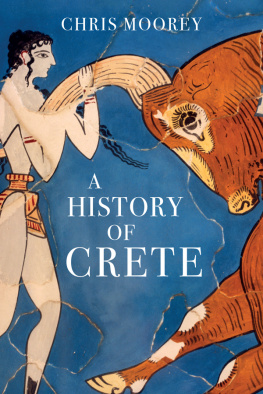
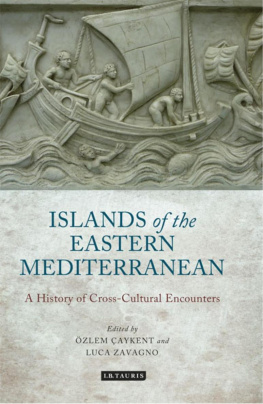


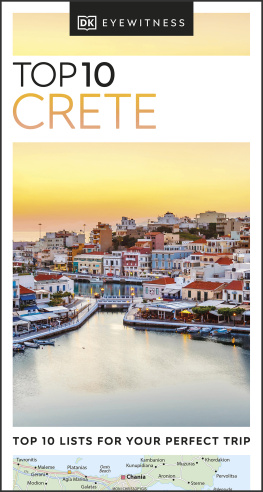
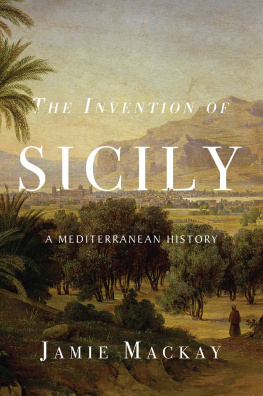
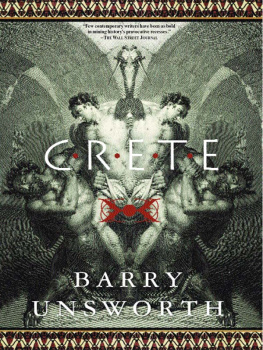

![Greek islands [2018]](/uploads/posts/book/209249/thumbs/greek-islands-2018.jpg)



